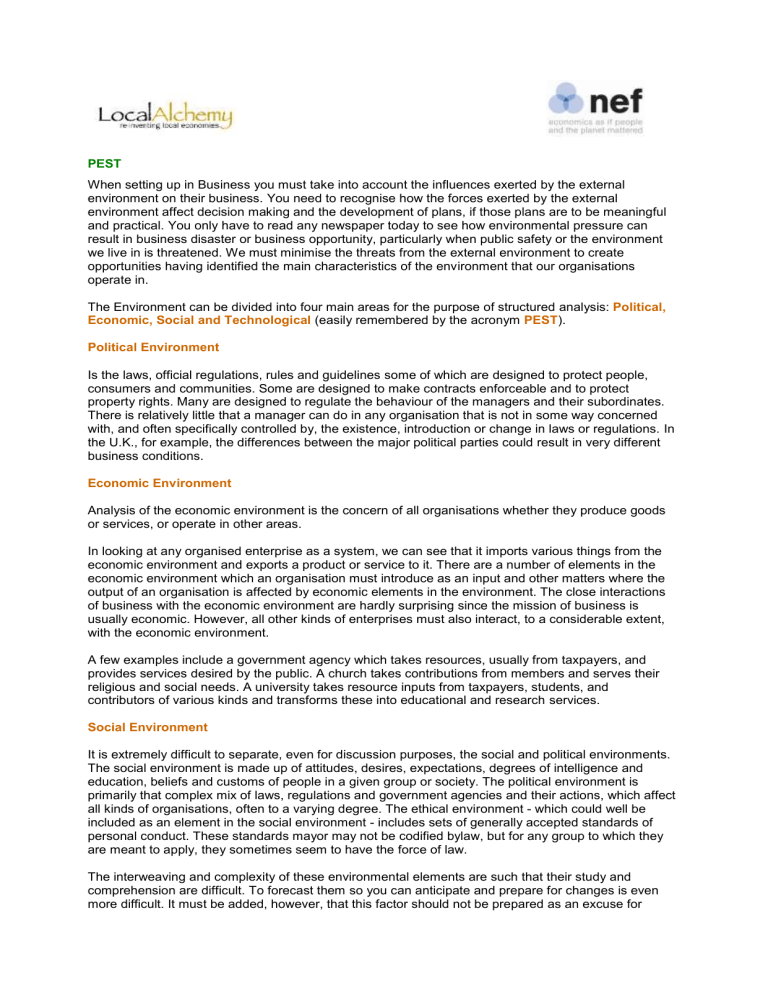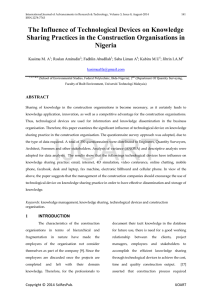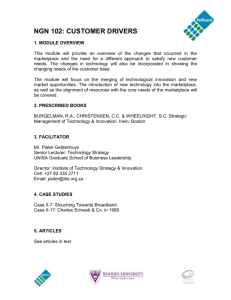Planning - Some Environmental Factors

PEST
When setting up in Business you must take into account the influences exerted by the external environment on their business. You need to recognise how the forces exerted by the external environment affect decision making and the development of plans, if those plans are to be meaningful and practical. You only have to read any newspaper today to see how environmental pressure can result in business disaster or business opportunity, particularly when public safety or the environment we live in is threatened. We must minimise the threats from the external environment to create opportunities having identified the main characteristics of the environment that our organisations operate in.
The Environment can be divided into four main areas for the purpose of structured analysis: Political,
Economic, Social and Technological (easily remembered by the acronym PEST ).
Political Environment
Is the laws, official regulations, rules and guidelines some of which are designed to protect people, consumers and communities. Some are designed to make contracts enforceable and to protect property rights. Many are designed to regulate the behaviour of the managers and their subordinates.
There is relatively little that a manager can do in any organisation that is not in some way concerned with, and often specifically controlled by, the existence, introduction or change in laws or regulations. In the U.K., for example, the differences between the major political parties could result in very different business conditions.
Economic Environment
Analysis of the economic environment is the concern of all organisations whether they produce goods or services, or operate in other areas.
In looking at any organised enterprise as a system, we can see that it imports various things from the economic environment and exports a product or service to it. There are a number of elements in the economic environment which an organisation must introduce as an input and other matters where the output of an organisation is affected by economic elements in the environment. The close interactions of business with the economic environment are hardly surprising since the mission of business is usually economic. However, all other kinds of enterprises must also interact, to a considerable extent, with the economic environment.
A few examples include a government agency which takes resources, usually from taxpayers, and provides services desired by the public. A church takes contributions from members and serves their religious and social needs. A university takes resource inputs from taxpayers, students, and contributors of various kinds and transforms these into educational and research services.
Social Environment
It is extremely difficult to separate, even for discussion purposes, the social and political environments.
The social environment is made up of attitudes, desires, expectations, degrees of intelligence and education, beliefs and customs of people in a given group or society. The political environment is primarily that complex mix of laws, regulations and government agencies and their actions, which affect all kinds of organisations, often to a varying degree. The ethical environment - which could well be included as an element in the social environment - includes sets of generally accepted standards of personal conduct. These standards mayor may not be codified bylaw, but for any group to which they are meant to apply, they sometimes seem to have the force of law.
The interweaving and complexity of these environmental elements are such that their study and comprehension are difficult. To forecast them so you can anticipate and prepare for changes is even more difficult. It must be added, however, that this factor should not be prepared as an excuse for
possible failure - the skill of a strategic manager is to manage his/her organisation successfully within the changing environment. Bad luck is a phrase that really means bad strategic planning if we are to be really committed to the concept of pro-active management.
We are all social animals in one degree or other, so it will always be a mistake to consider that your organisation is an isolated ivory tower. The organisation is a complex social structure operating in a wider complex social structure. This must always be considered when planning.
Technological
The changing pace of technology in all its forms, has meant stable markets have been turbulent and sections of industry and commerce have declined rapidly or ceased to exist. Technological developments can have a strong impact on the operation and management of any kind of organisation.
Technology is an all-encompassing term denoting the sum total of the knowledge we have of ways to do things. It includes inventions, techniques and the vast store of organised knowledge that we have.
But its main influence is on ways of doing things as we design, produce, distribute or sell our goods and services.
Any business that wishes to survive in a changing world must keep abreast of the technology applicable in its products and services and to its methods of operation. To do otherwise is to risk destruction as competitors take advantage of new developments. There are few organisations whose operations and effectiveness are not touched by technology and technological developments.
Some Categories of Technological Change
• Increased ability to master time and distance for the movement of freight and passengers: railways, automobiles, trucks and aircraft (which also speeds up and improves communications)
• Increased ability to generate. store, transport and distribute energy: electricity, nuclear power, fibre optics and the laser
• Increased ability to design new materials and change the properties of others so that they better serve needs: steel alloys, synthetic fibres, plastics, new drugs
• Mechanisation or automation of processes: robotics and the computer, which greatly expand our ability to store manipulate, select and supply data
• Increased understanding of individual and group behaviour and how to deal with it: psychological bases of motivation, group behaviour patterns, improved managerial techniques
• Increased understanding of diseases and their treatment: inoculations for polio, kidney transplants, antibiotic treatment of infections.
Within this technological area you may wish to consider the influence that buyers have, as preferences
P and choices are made through technological differences.
A PEST analysis is, therefore, a framework for a detailed study of your internal and external environment to help you make decisions about the future.
Carry out a PEST analysis for your organisation, concentrating on the major issues work through each of the above categories using the boxes below:
T
E
S








